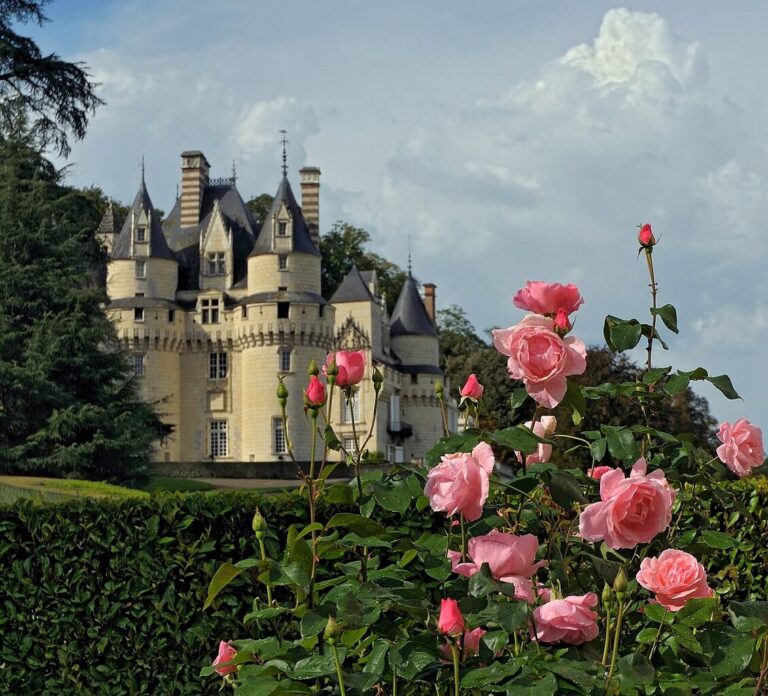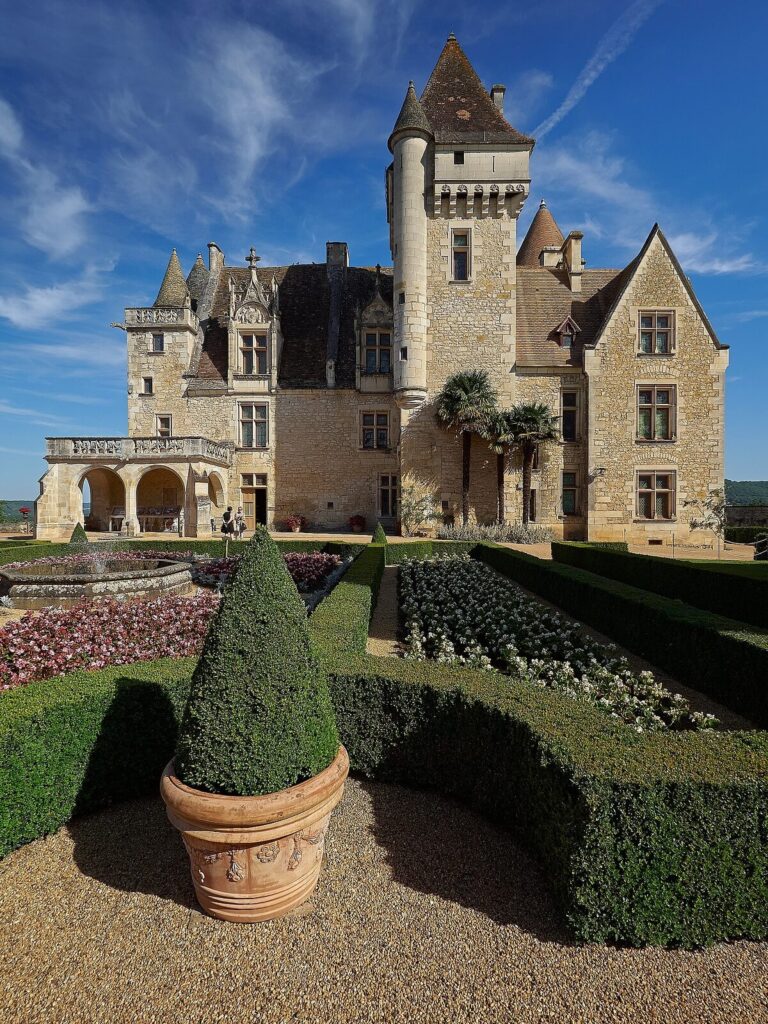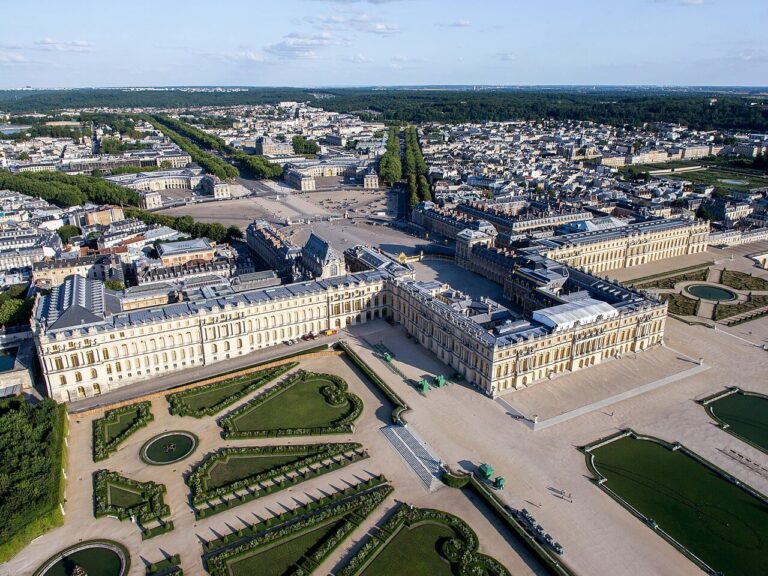The Best Historic Castles in the Dordogne
The Dordogne region, a beautiful corner of southwestern France, is a land steeped in history and adorned with the remnants of a glorious past. Among its most striking features are the myriad castles that punctuate the landscape, standing as proud sentinels of the region’s rich heritage. As you wander through these architectural masterpieces, you’ll be transported to a time of knights, nobility, and romance, unraveling the stories that have been etched into their stones over the centuries.
In this blog post, we invite you to embark on a captivating journey through the Dordogne’s magnificent castles, exploring their storied histories, breathtaking architecture, and the captivating tales they hold within their walls. From the imposing fortress of Château de Beynac to the fairy-tale elegance of Château de Hautefort, each castle offers a unique window into the region’s fascinating past and the people who shaped it.
Whether you’re a history enthusiast, a romantic at heart, or an avid adventurer seeking to uncover the magic of France’s bygone eras, the castles of the Dordogne will leave you spellbound and inspired. Join us as we traverse the scenic countryside, unveiling the secrets and splendors of these timeless treasures, and experience the wonder of France’s medieval majesty.
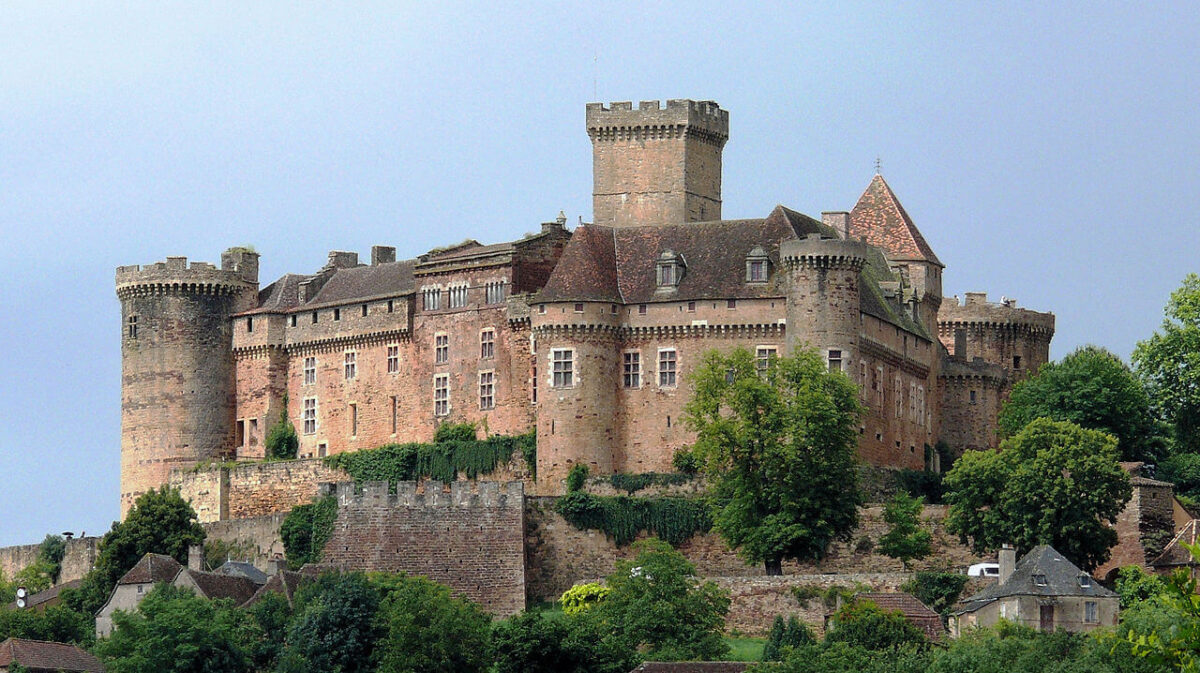
Château de Castelnau-Bretenoux
The 15th-century castle in the Lot department is one of the finest examples of a fortified medieval building in the Dordogne Valley. The origins of the castle date back to the 1100s when it was the seat of the Castelnau Barons. During the Hundred Years’ War between France and England, the fortress was taken by King Henry II of England.
When you walk to the top of the castle’s keep, you can marvel at the magnificent view of the Dordogne Valley. The castle was almost destroyed in the 19th century, but French Opera Tenor Jean Mouliérat restored the castle and filled it with fine art pieces and antique furniture.
Visitor information: the castle is open to visitors and hosts the yearly Saint Céré Classical Musical Festival. Visit the website for opening times.

Château de Hautefort
Hautefort Castle, situated in the town of Hautefort in France, is a castle that was initially constructed as a medieval fortress. It was later rebuilt in the 17th century and strongly resembled castles from the Loire Valley. The castle also features a French-style garden.
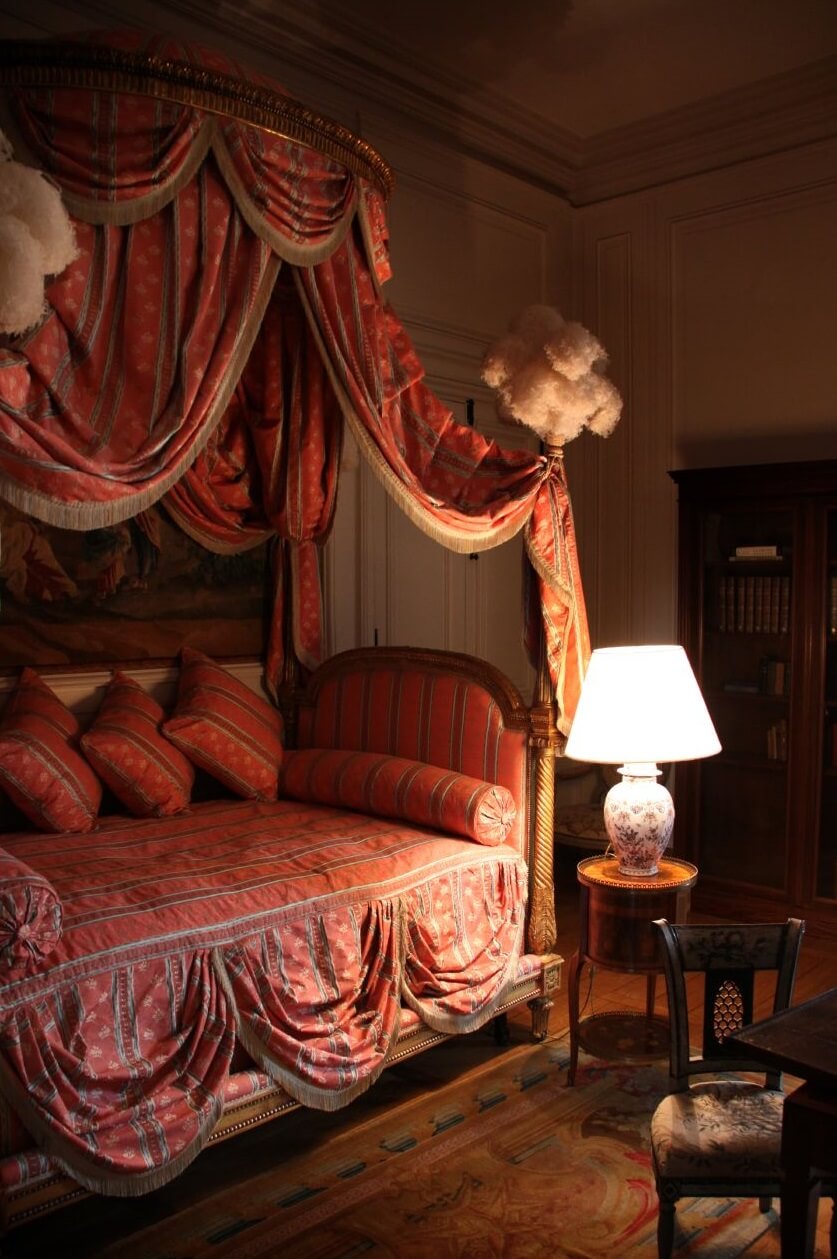
The gardens underwent a redesign by the Count of Choulot in the mid-19th century and now boast a landscape garden, geometric flower gardens, topiary gardens, and an Italian garden with winding shaded paths. Visitors can enjoy the presence of several noteworthy trees like the Magnolia grandiflora and Cedar of Lebanon in the gardens.
Visitor information: the castle is open to visitors. Visit the website for more information.
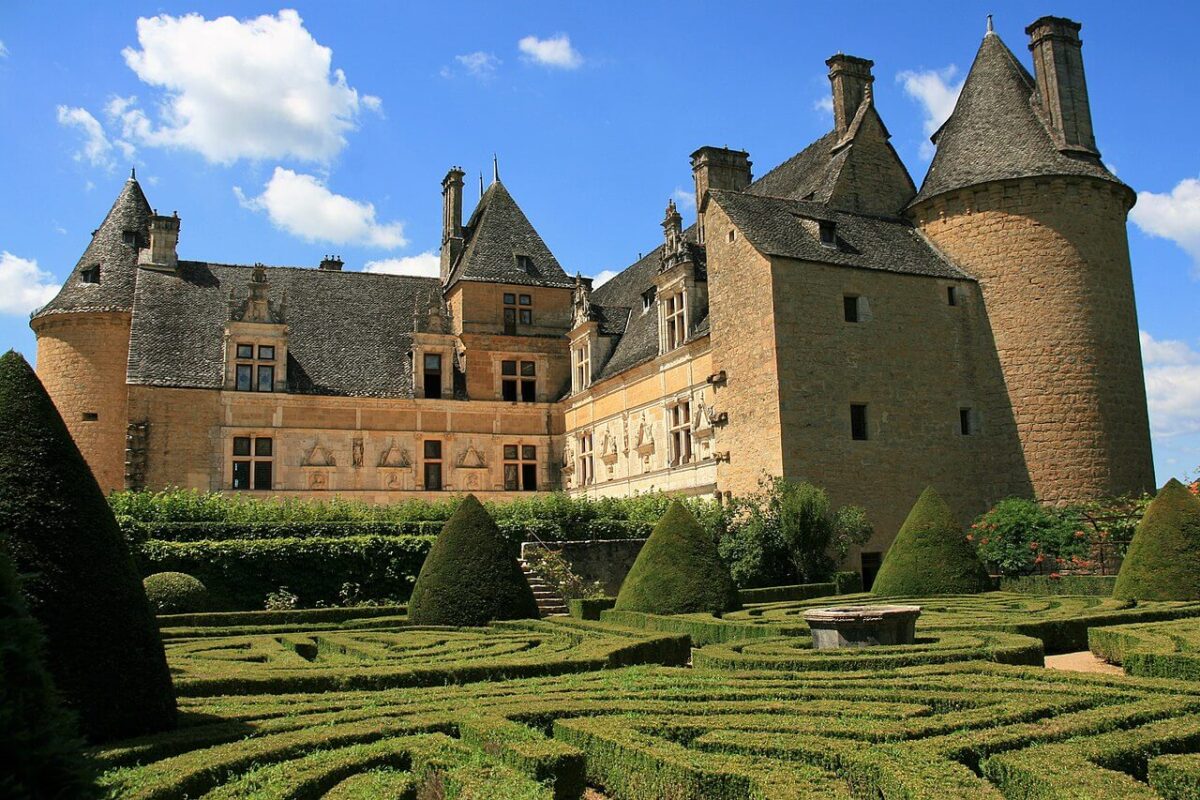
Château de Montal
Château de Montal is a French Renaissance castle in the heart of the valley of the Bave. Built in the early 16th century, the castle was transformed from a medieval residence into a French Renaissance castle by Jeanne de Balsac, daughter of Robert de Balsac, Chamberlain to Louis XI. The façades of the castle show sculptures of Jeanne and her family.
Maurice Fenaille restored the castle in the 20th century. The sculpted façade was restored together with Rodin’s disciples, and the rooms were decorated with lavish furniture and hangings.
Château de Montal is famously known for hiding the Mona Lisa during the Second World War. And the three children of King Leopold III of Belgium were also exiled to the chateau during World War Two.
Visitor information: the castle is open to visitors. Visit the website for more information.
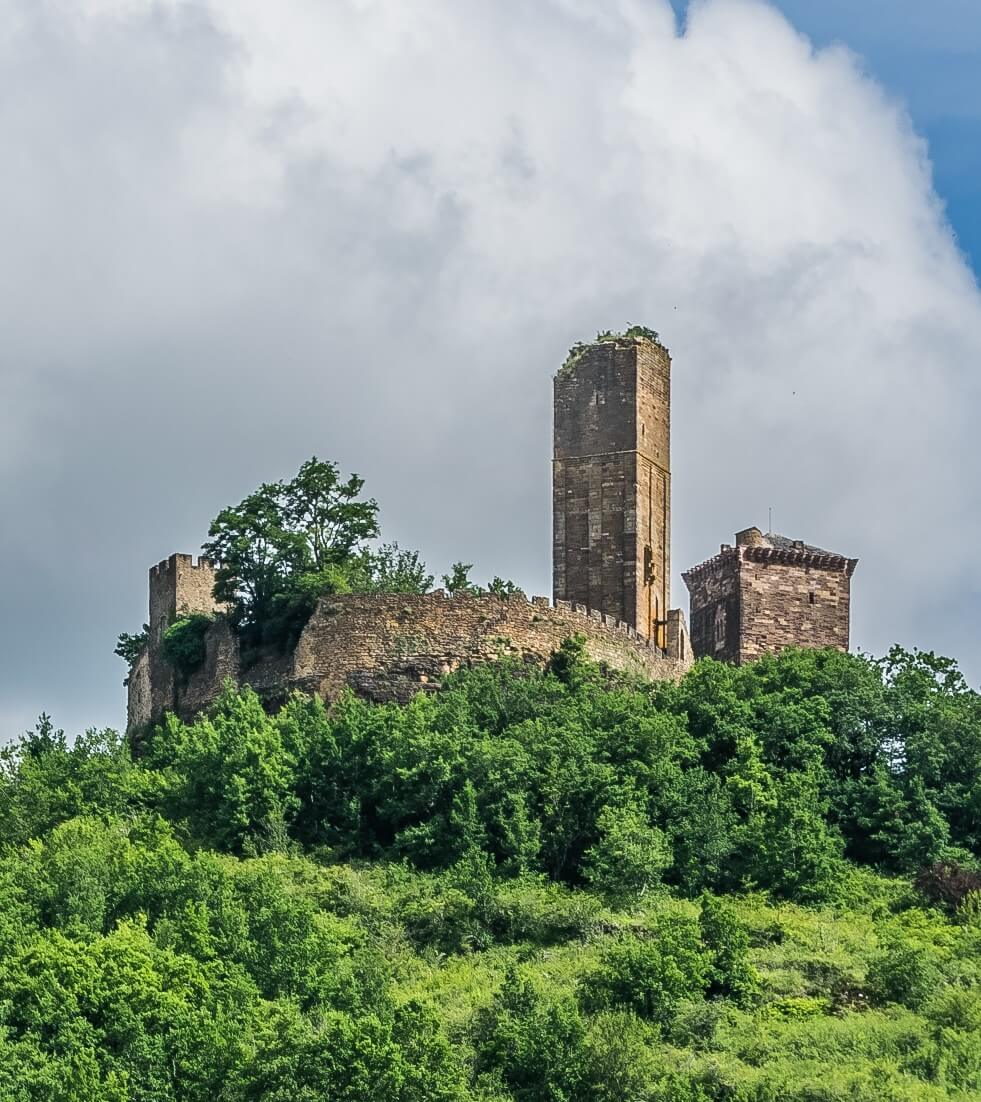
Château de Saint-Laurent-les-Tours
The Château de Saint-Laurent-les-Tours has a rich history dating back to the Viscounts of Turenne, who built the two towers, which are the only remaining vestiges of the original castle, after the French Wars of Religion. The castle changed hands several times, eventually being bought by Lafon du Verdier in 1895, who completed the remaining buildings of the current manor.
However, the most notable transformation of the castle came when the painter and tapestry maker Jean Lurçat purchased it in 1945 and set up his tapestry studio there. Lurçat decorated the castle’s walls, ceilings, doors, and windows with his art, creating numerous tapestries, paintings, and ceramics until his death in 1966. Today, many of Lurçat’s works are preserved in the castle, which his widow donated to the department.
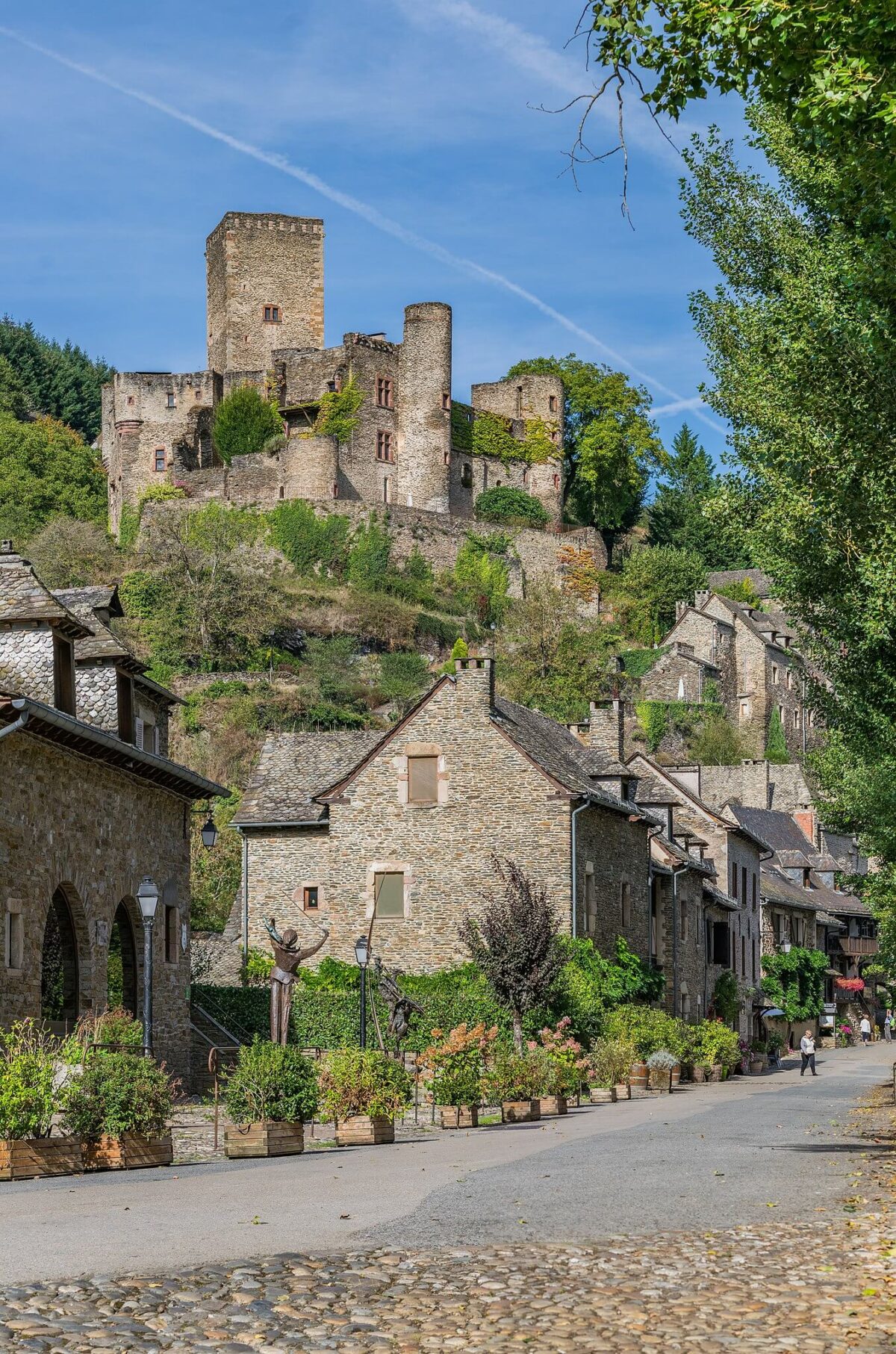
Château de Belcastel
The Château de Belcastel is a medieval castle situated on a rock above the village of Belcastel in the Aveyron region. The castle was constructed in the 9th century and expanded over time by the Belcastel family and later became the seat of the Saunhac family.
In 1974, the architect Fernand Pouillon discovered the ruins of the castle and undertook a restoration project by hand with the help of stonemasons and stained-glass experts. Today, the castle features revolving exhibitions of art and sculpture in addition to a permanent collection of ancient artifacts and is open to the public as a popular tourist site.

Tours de Merle
Tours de Merle is the remains of a medieval castle complex that is considered one of the finest historical monuments in the region. The castle complex was built in a strategic location, on the top of a steep rock overlooking the river Maronne and the valley. This way, the owners of the castle could control the important trade route in the valley and the crossing point of the river.
The castle was built by several noble families from the 12th to the 15th century. At its peak, it consisted of seven castles, two chapels, and a village. Visitors can enjoy a 10-hectare park with the castle and village ruins. In the summer months, guided tours are offered, and family activities are held.
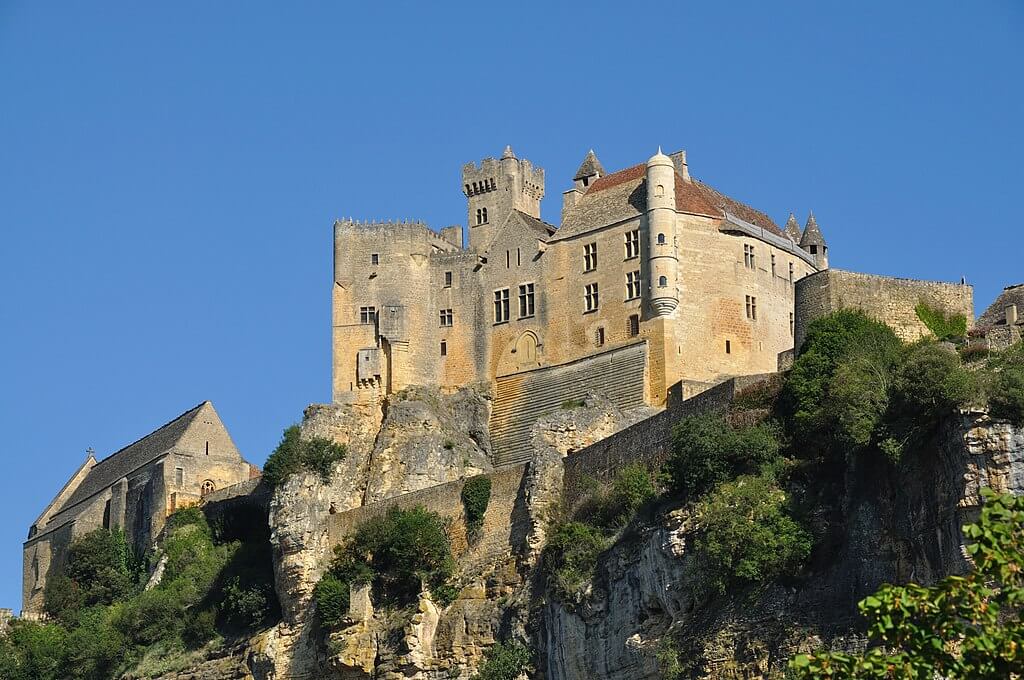
Château de Beynac
Beynac Castle, situated atop a cliff in the Dordogne region, is a medieval fortress constructed in the 12th century by the Beynac barons to safeguard the valley. Dual crenelated walls, moats, and a barbican characterize it. The oldest portion of the castle is a Romanesque keep with attached watchtowers and a narrow spiral staircase.
Additionally, the castle includes a 14th-century residence, a 16th- and 17th-century residence, and a 17th-century apartment with ornate woodwork and a painted ceiling. Today, the castle is accessible to the public and exhibits tapestries and other relics belonging to the Lords of the Castle.
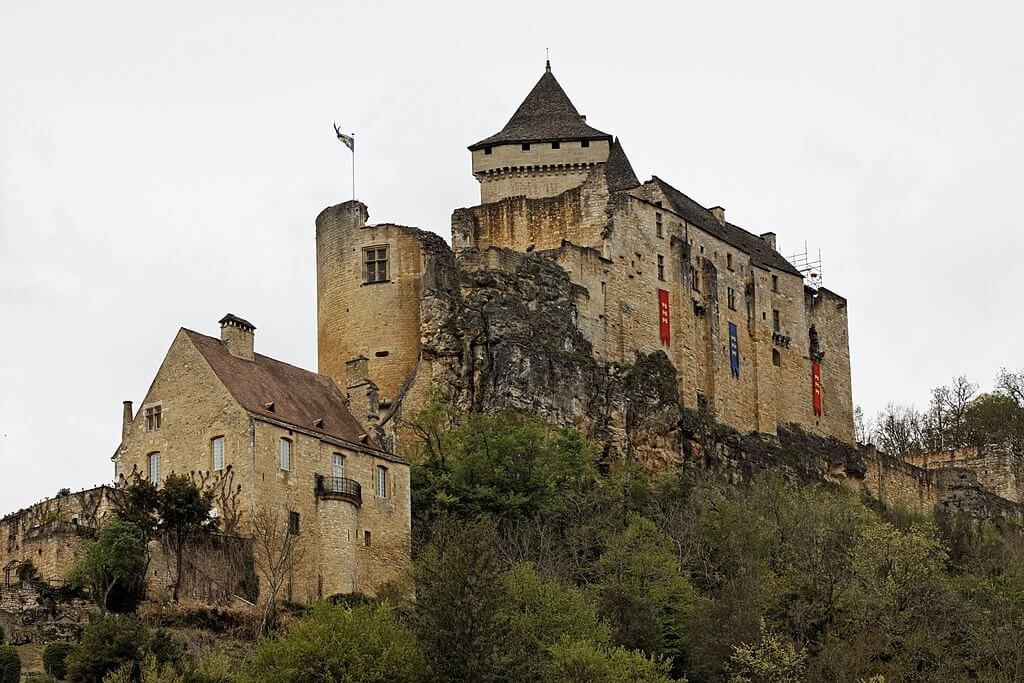
Château de Castelnaud
Castelnaud Castle is a medieval fortress that has been exceptionally well-preserved. Constructed in the 12th century on a rocky hilltop, it commands a panoramic view of the Dordogne River. The castle has a rich military history, having played a part in the Hundred Years’ War between England and France in the 14th and 15th centuries.
Presently, the fortress serves as a museum, accessible to the public, exhibiting an extensive collection of medieval weaponry and armor. Additionally, visitors can partake in interactive exhibits and hands-on demonstrations of traditional medieval crafts.

Château des Milandes
The Dordogne is home to the 15th-century Milandes Castle, which was originally constructed as the primary dwelling of the Lord of Caumont, who also possessed Castelnaud Castle. François de Caumont erected the castle for his wife, who desired a less somber abode. In the 19th century, the structure underwent further renovations, incorporating neo-Gothic and neo-Renaissance features such as towers and balconies. The French garden was added to the castle in 1908.
Most notably, the castle served as the dwelling of American vocalist Joséphine Baker. The castle is currently open to the public for visitation.
Château de Turenne
Turenne Castle is a 13th-century castle in the Corrèze department of France. The fortified castle was the seat of the Viscounty of Turenne until 1738. Visitors to the castle can view many old structures such as the César Tower, which was built in the 13th century and symbolized the oath of allegiance to the crown, showcasing power and position, and the Guard’s Room which was built one century later. Surrounding the castle is a lovely garden that blends French and British garden styles.
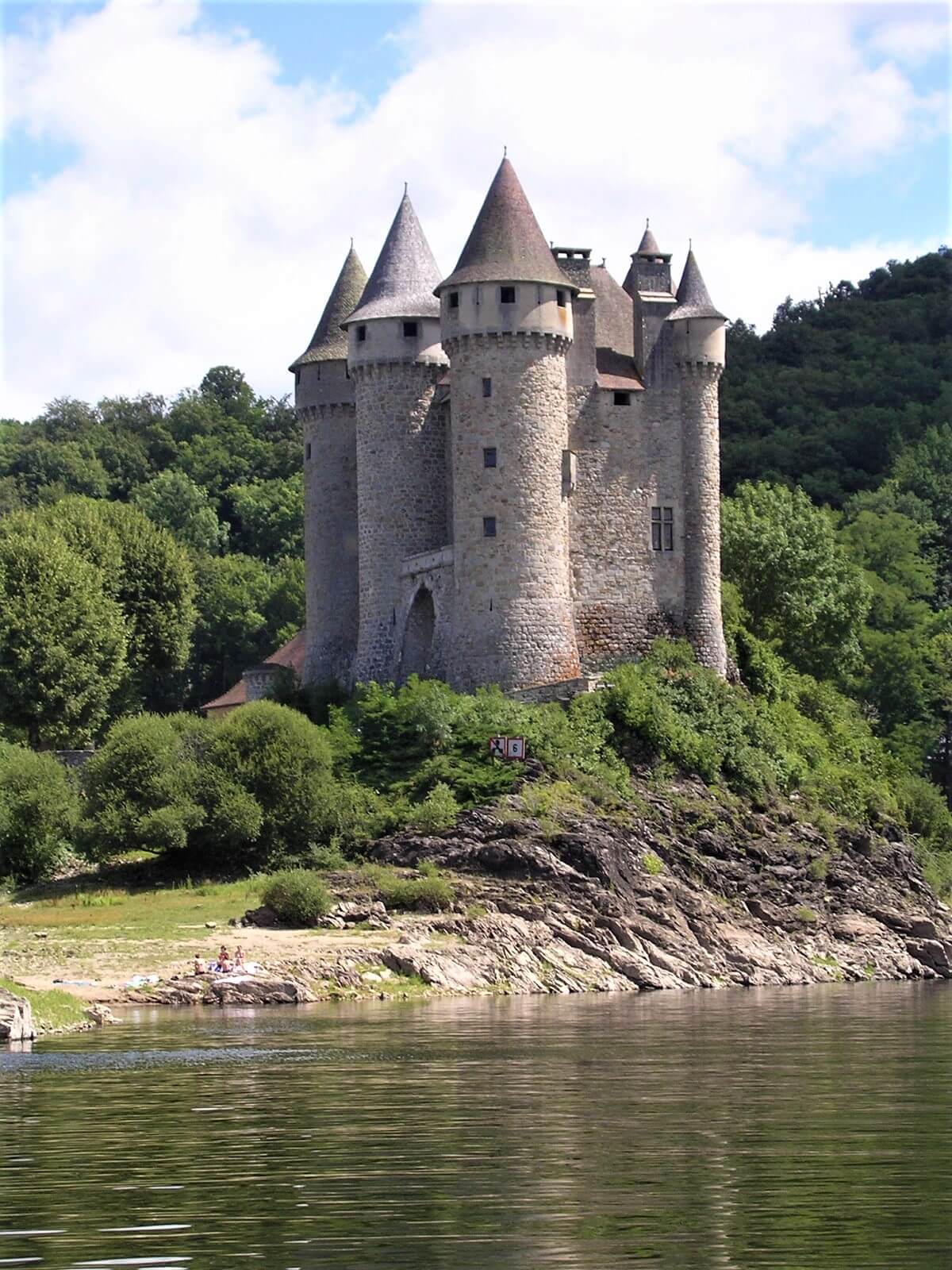
Château de Val
The town of Lanobre houses the de Val Castle, a castle dating back to the 13th century. Perched atop a 30-meter-high rock formation, the castle commands a stunning view of the valley. Despite being abandoned following a flood in 1946, the water never submerged the castle. Nowadays, the castle is situated on the fringe of an artificial lake and is accessible to the public for exploration.
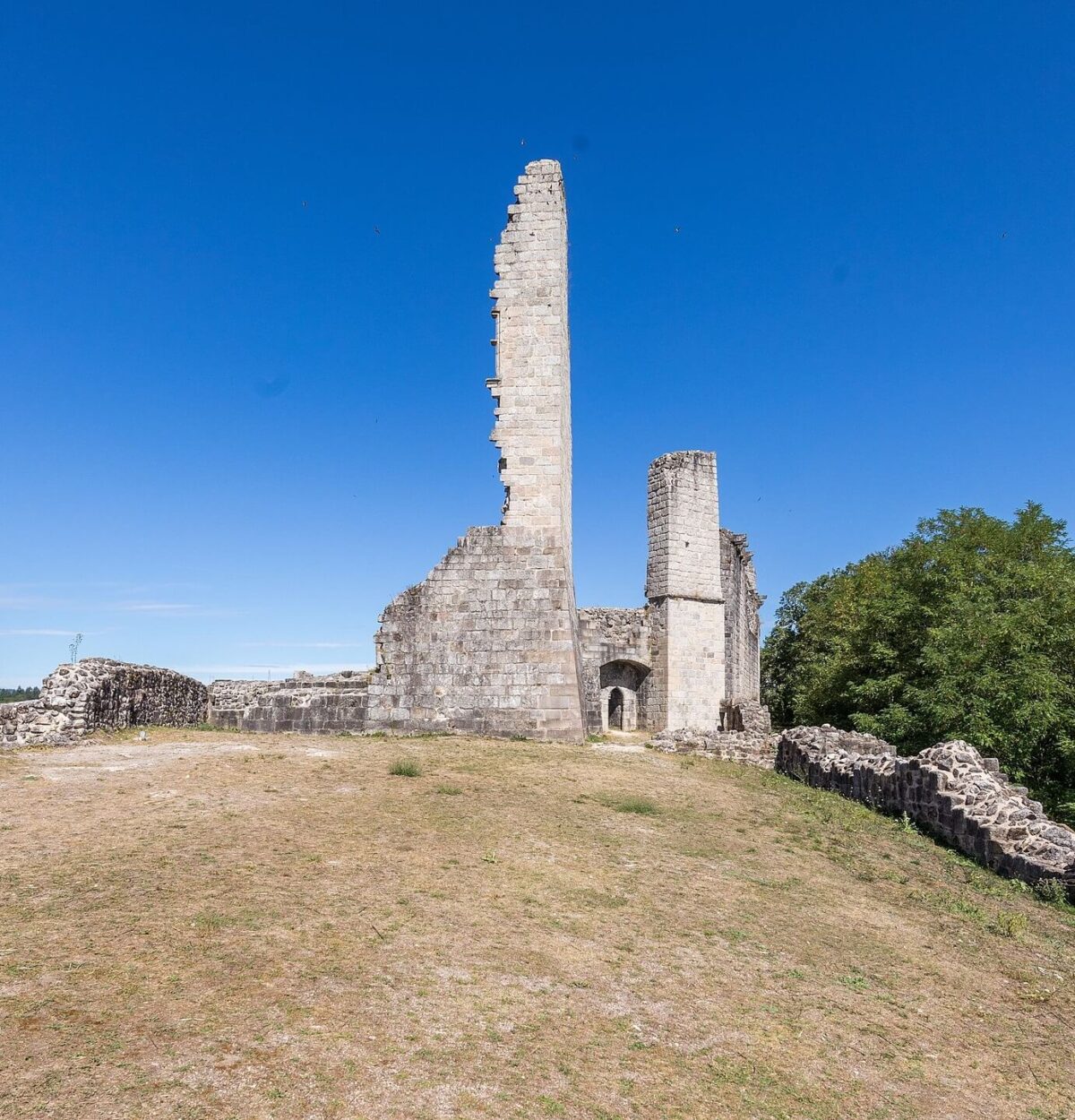
Château de Ventadour
Châteaude Ventadour is a ruined castle on a rock overlooking the valley of Luzège. The castle was built in the 11th century and controlled the viscounty of Ventadour. Not much remains of the castle but you can see traces of a chapel, the residence, the round tower, and the keep.
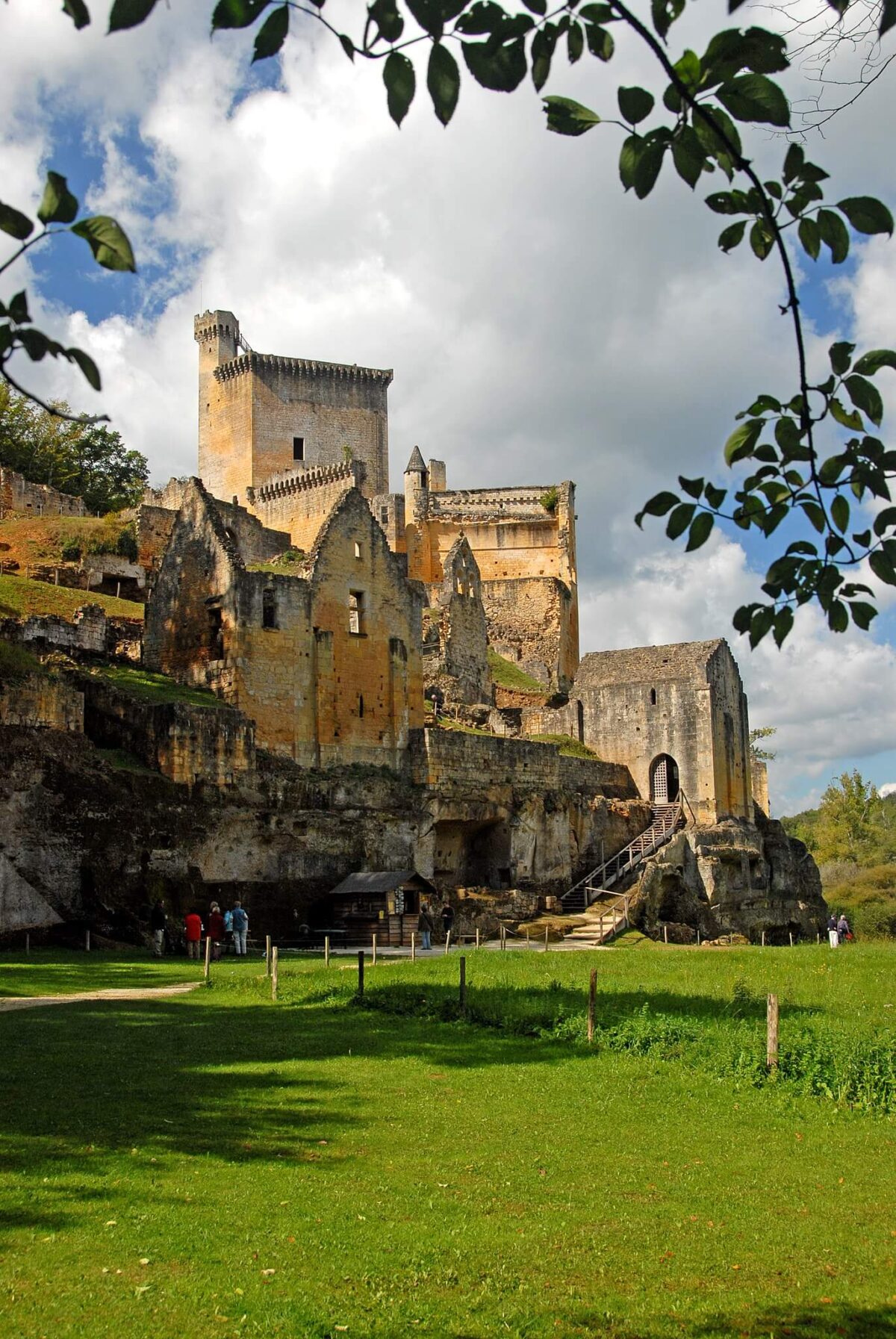
Château de Commarque
The Castle of Commarque is located in the Dordogne region of France and was constructed in the 12th century with the intention of safeguarding the Benedictine abbey of Sarlat. Initially, the castle was composed of a plain wooden tower situated on a cliff. Subsequently, it was extended and occupied by various lineages of minor nobility, including the Beynac family.
During the Hundred Years War, the English seized the castle and it was eventually deserted after the demise of the last lord, Guy de Beynac, in 1656. In 1972, Hubert de Commarque purchased the castle and began the process of repairing and renovating it. Nowadays, the castle is open to the public and provides guided tours in both English and French. Visitors can participate in workshops such as archery and stone carving. For further details, refer to the website.
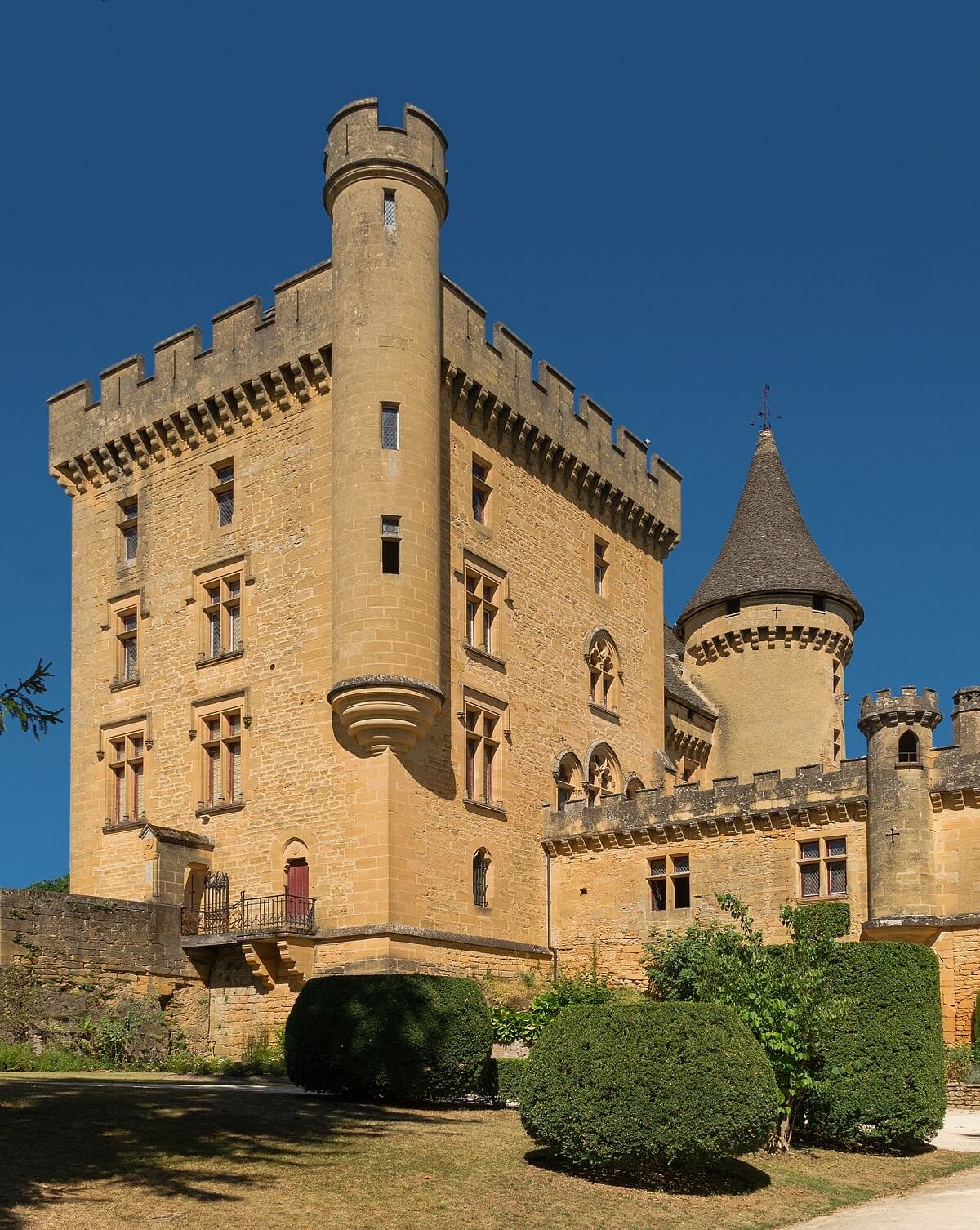
Château de Puymartin
Chateau de Puymartin is a 13th century castle in the Périgord Noir region of the Dordogne. During the Hundred Years’ War, the primitive castle was taken and destroyed by the English. Over the centuries, the castle has been rebuilt and shows architectural styles from all periods, but mainly the Neo-Gothic style added in the 19th century.
Through the period furniture, the tapestries, and the 17th century paintings on the walls and ceilings, you can find out more about the history of the building and its residents.
Chateau de Puymartin is also home to a famous legend about a white lady whose mysterious origin marks a dark period in the family’s history. Chateau de Puymartin is one of the best-preserved castles in the Dordogne.
Visitor information: the castle is open to visitors in April, May, and June. Visit the website for more information.

Château de Biron
Biron Castle is a historic castle in the valley of the Lède in the Dordogne region. The castle was the seat of one of the four baronies of Périgord, but in the 14th and 15th centuries the castle was held by the Plantagenets, a royal house that held the English throne from 1154 to 1485.
The castle shows architectural styles from several centuries, and you can see a 12th century keep, 16th century living quarters, a chapel, and vaulted kitchens.
Visitor information: the castle is open to visitors from February to December. Visit the website for more information.
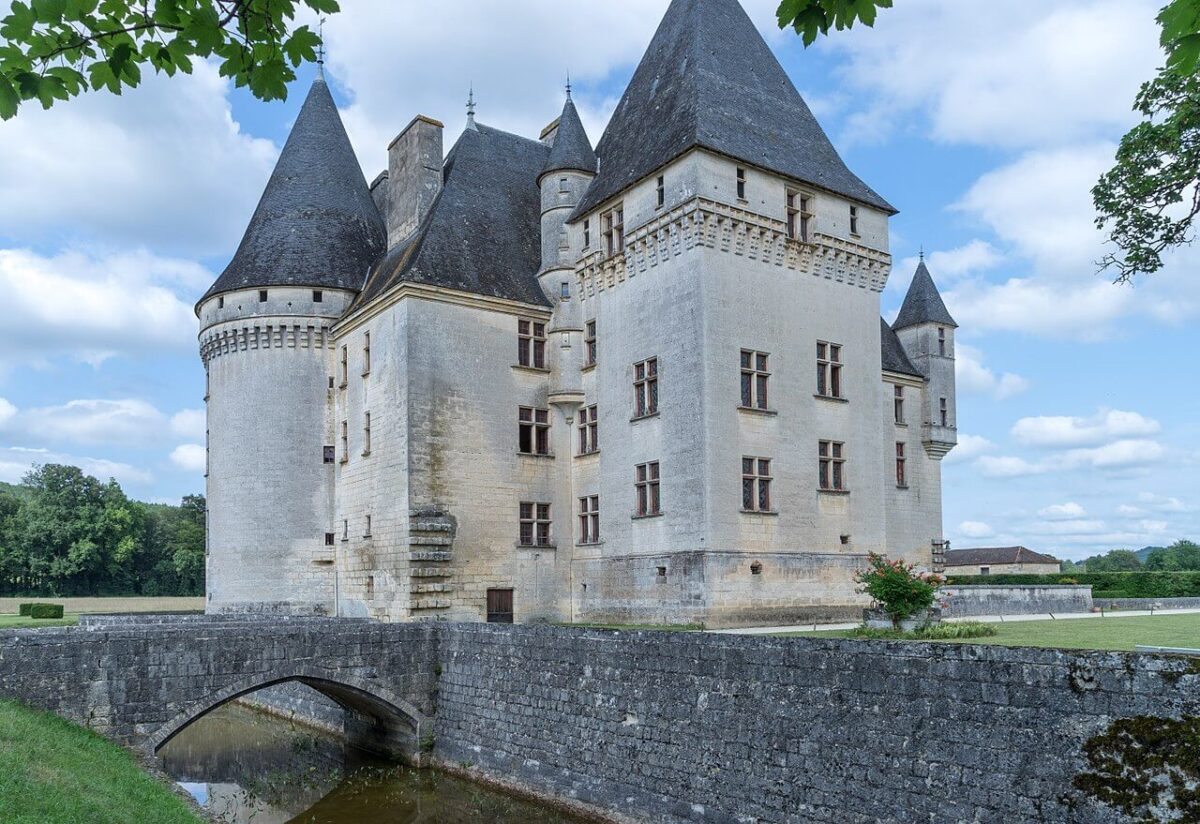
Château des Bories
Chateau des Bories is a medieval and Renaissance castle that was built in the late 15th and early 16th century. The castle was built for Jeanne de Hautefort, and it has fortified towers, a dry moat, and a monumental staircase. The castle is owned by the Lary de Latour family, and during a tour of the castle, you can see the Gothic kitchen, the guard room, the Renaissance staircase, the gallery, the oratory, and the vaulted cellars. Visit the website for more information.

Château de Bridoire
Chateau de Bridoire is a 900-year-old castle that was almost lost when it was neglected in the 1980s. The castle was built from the 12th century to the 19th century, and for 130 years, it was owned by the Foucauld family.
In 2011, the Guyot family bought the castle and saved it from demolition. They fully restored the castle and turned it into the “Castle of Games” with faithfully reconstructed games offered in the castle and the park. Visit the website for more information.
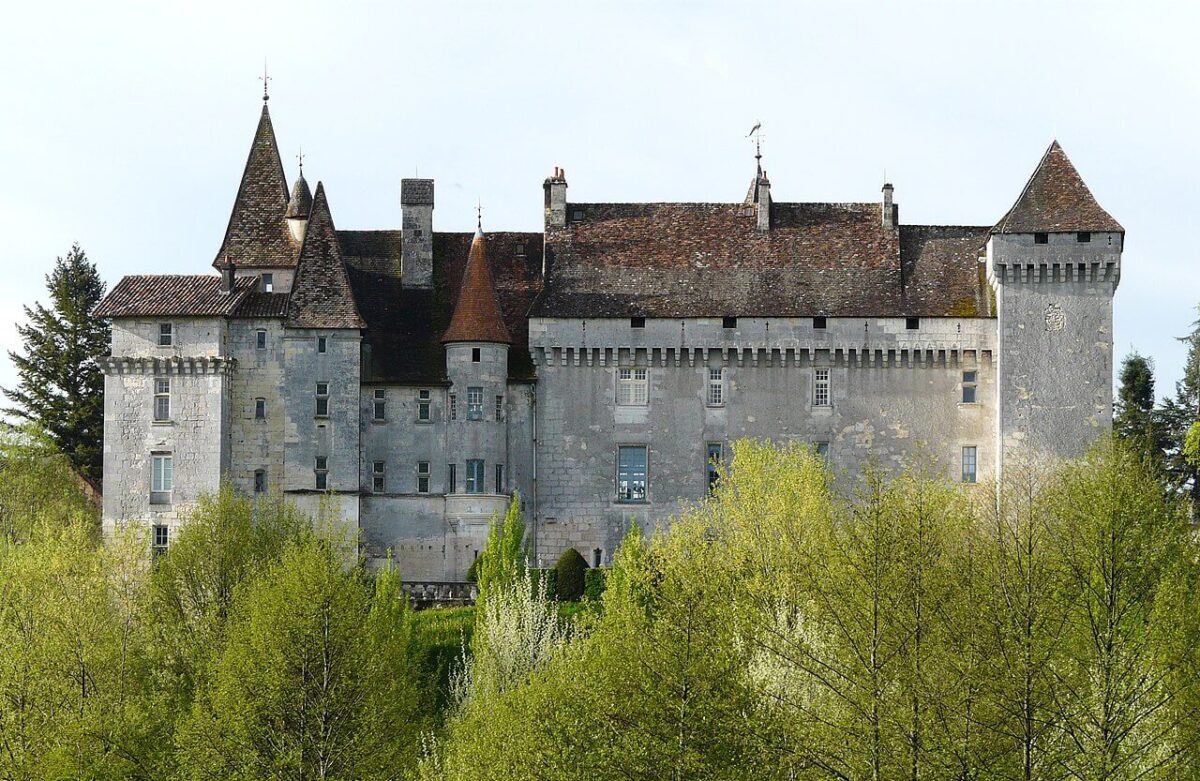
Château-l’Évêque en Périgord
The history of Château-l’Évêque started as a fortress built in the 11th century, but the current castle was built in the 14th, 15th and 16th centuries. From the 16th century, it became a residence of the Bishops of Périgueux, first as a summer residence and later as their primary residence.
From 1923 to 1936, the castle was the summer residence of Jenny Sacerdote, a famous Parisian seamstress and rival of Coco Chanel. Surrounding the castle lies a 17-hectare park with an English park, an Italian garden, a bridle path, woods, and waterways.
A guided tour by the owner, Gérard de Colombières, shows you the furnished interiors with a collection of old paintings, furniture, and curiosities, as well as a library. Visit the website for more information.
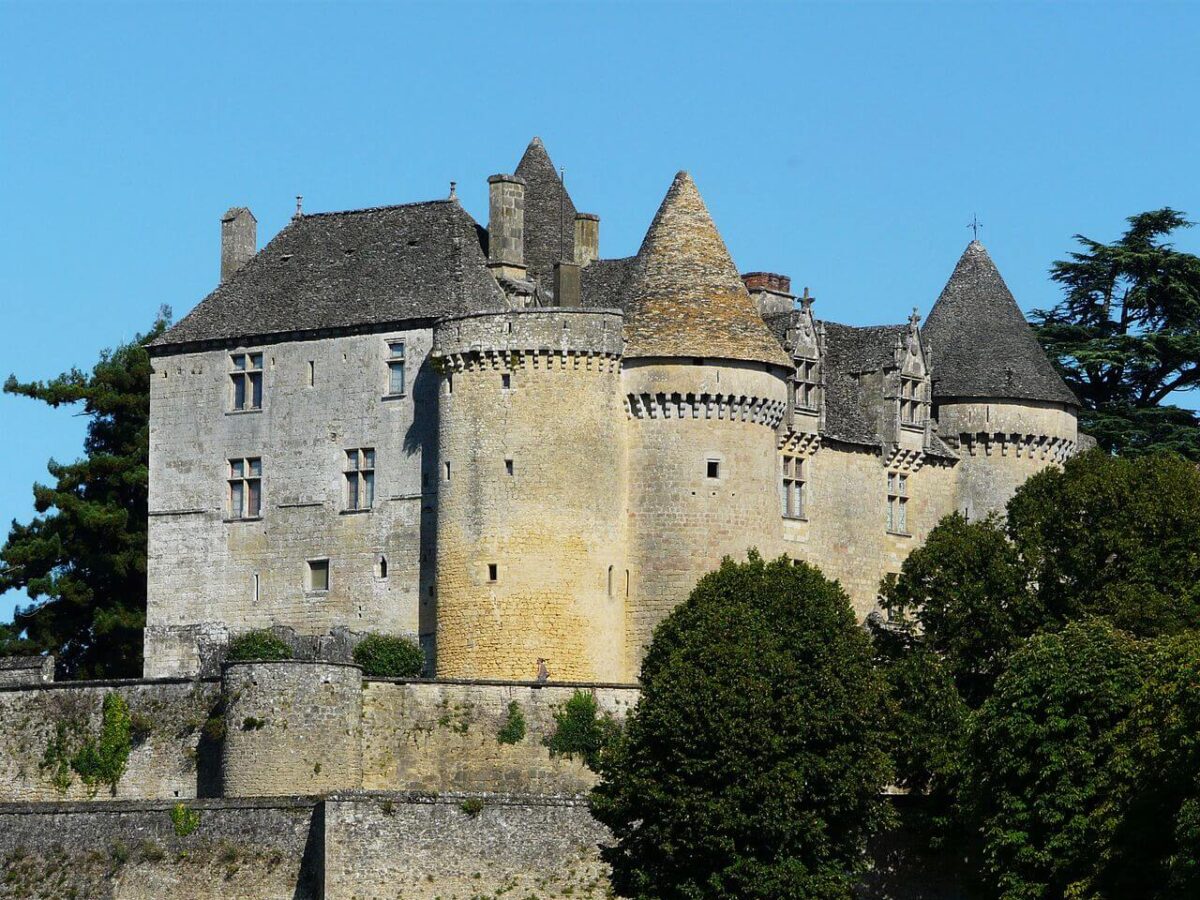
Château de Fénelon
Châteaude Fénelon is a feudal fortress located above the Valley of the Dordogne. This history of the castle goes as far back as the 11th century but in the current castle, the oldest parts date from the 12th century. Châteaude Fénelon is the birthplace of François Fénelon, the 17th century archbishop of Cambrai, theologian, and writer of the “Adventures of Telemmaque”.
The castle is one of the few that has preserved its roof of lauzes. Inside, you can see a collection of weapons, armory, furniture, and artworks. Visit the website for more information.
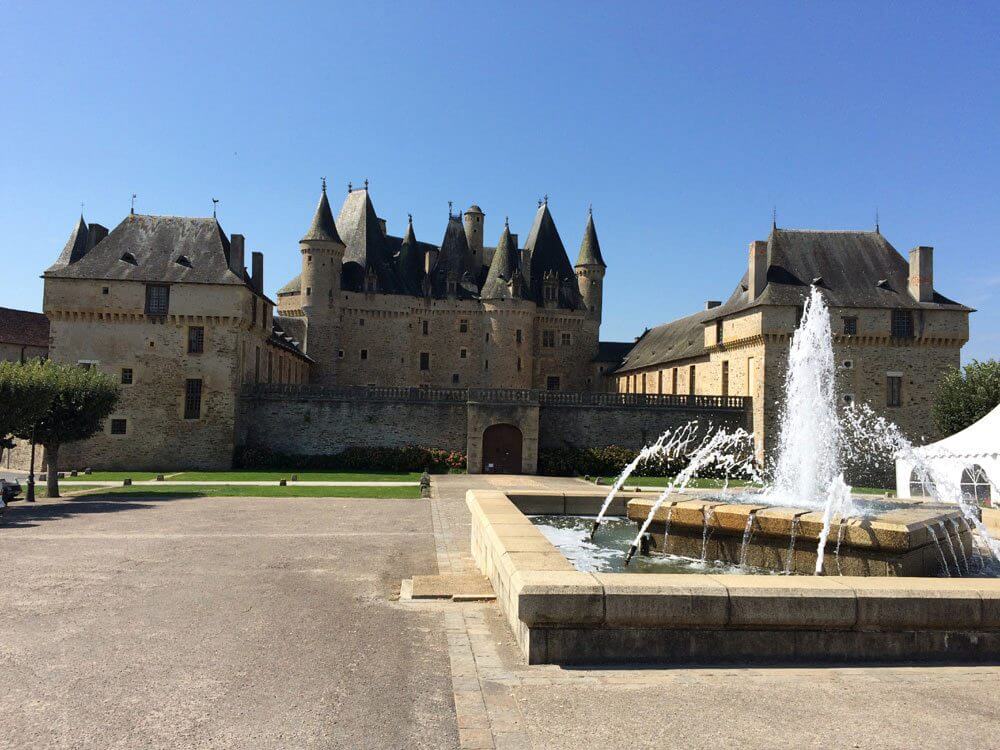
Château de Jumilhac
The castle of Jumilhac is a castle that has been rebuilt and enlarged many times during the 15th, 16th and 17th centuries. In 1600, the castle was rebuilt in Renaissance style, giving it its unique look with towers and turrets and making it the “Black Pearl” of the Haut Périgord. In the 17th century, the castle was redesigned, adding two wings with splendid interiors.
Visitor information: the castle is open to visitors. Visit the website for more information.

Château de Lanquais
Chateau de Lanquais is a Dordogne castle that is named “the unfinished Louvre of Périgord”. The castle is built over several periods and mainly consists of a Renaissance main building with the remains of a medieval castle. The owners of the castle were linked to the Medici family and it was Catherine de Medici who sent Italian sculptures to work on the castle.
During your visit, you will experience the daily life of the inhabitants of Lanquais from the Middle Ages to the Renaissance and discover their apartments furnished and decorated with sumptuously carved stone fireplaces, old kitchens, armories, underground passages, and a museum on prehistory. Visit the website for opening times.

Château de Montréal
Chateau de Montréal is a Renaissance castle in the Dordogne that overlooks the valley of the Crempse River. The origins of the castle go back to the 12th century, but the current castle was built in the 16th century by the Pontbriand family.
Surrounding the castle are gardens in Italian and French styles. The castle and gardens are open to visitors. Visit the website for more information.

Château de Puyguilhem
Puyguilhem Castle is a Renaissance castle in the north of the Dordogne. The castle was built between 1514 and 1535 in the Renaissance style and strongly resembles the castles of the Loire Valley. The castle was built by Mondor de La Marthonie, the first president of the Parliament of Paris and a friend of King François I.
The castle was abandoned and looted in the 19th century. In 1939 it was bought by the state and carefully renovated to its former glory. The castle is open to visitors. Visit the website for more information.
Château de Rocamadour
High above the town of Rocamadour lie the remains of Chateau de Rocamadour. The 14th century fortress was built to protect the sanctuaries and pilgrimage sites. From the castle remains, you have beautiful views over the Alzou valley and down to the town of Rocamadour.
